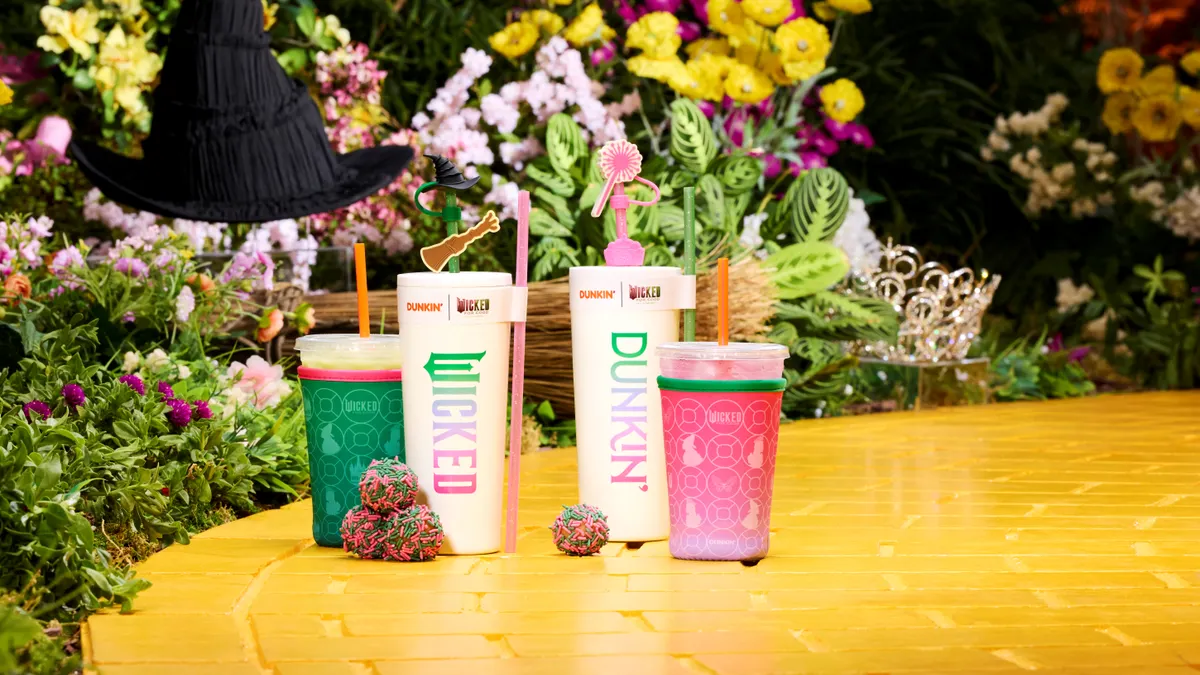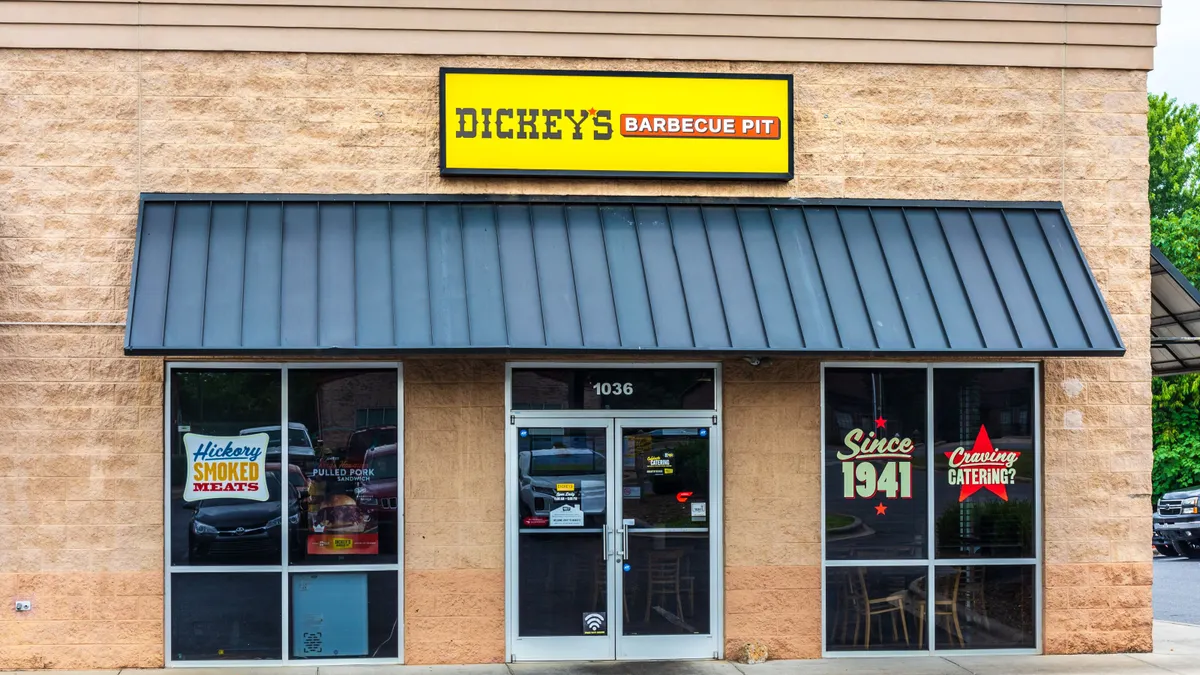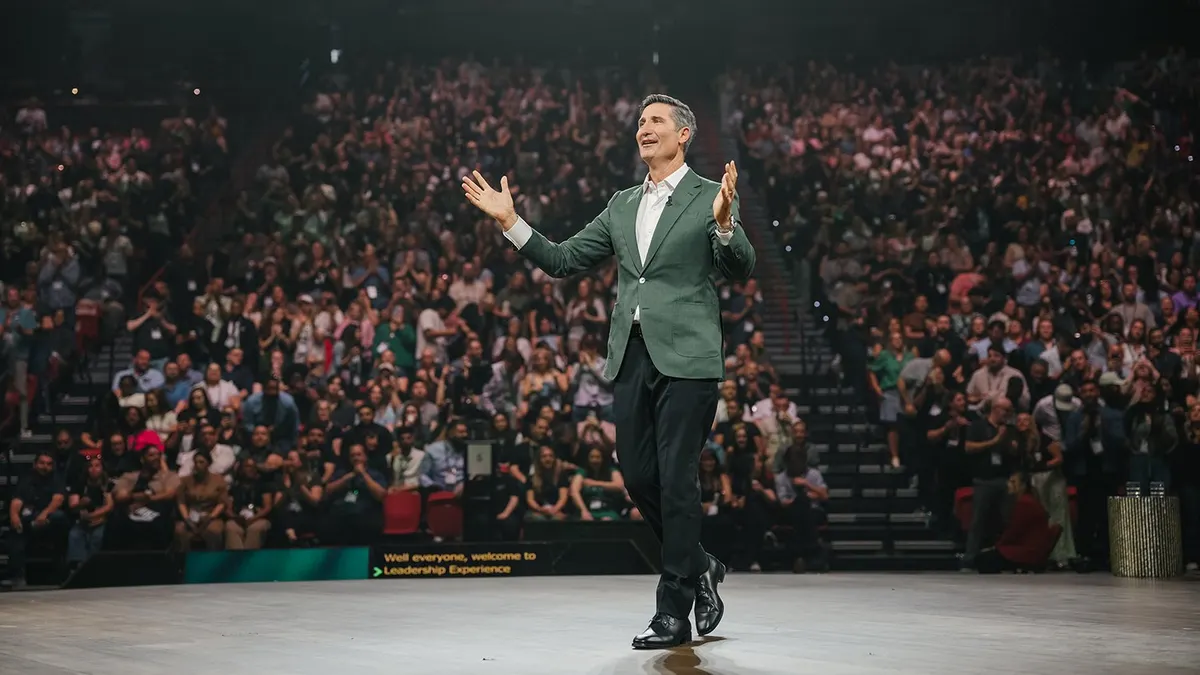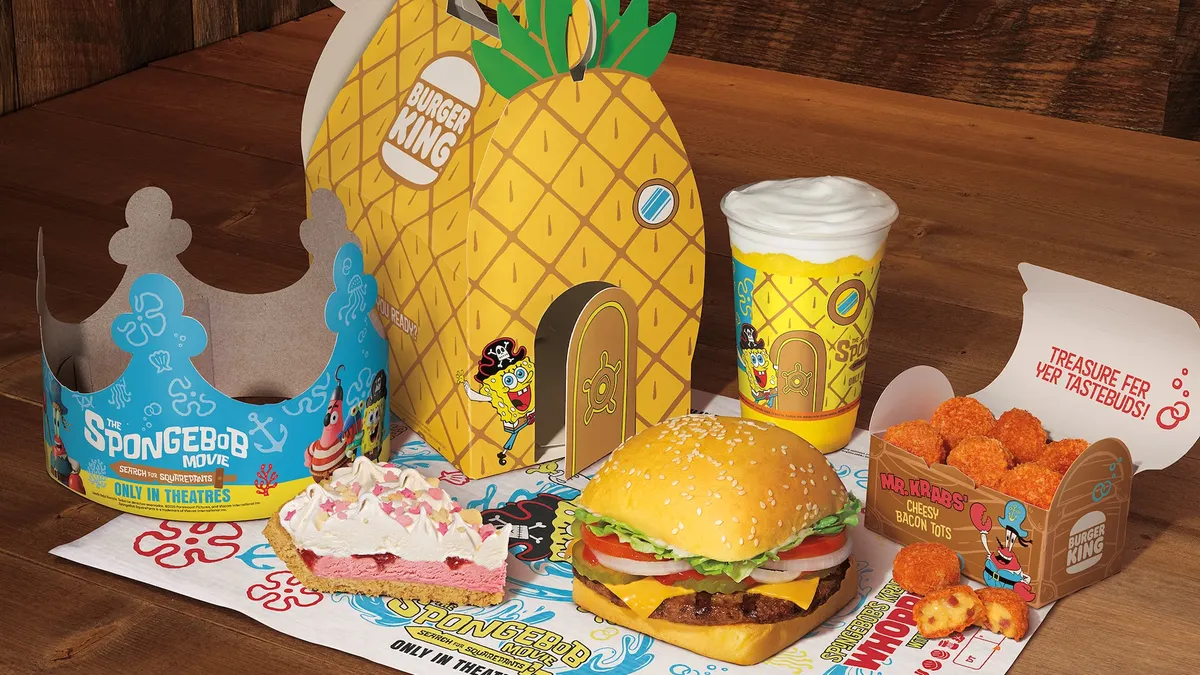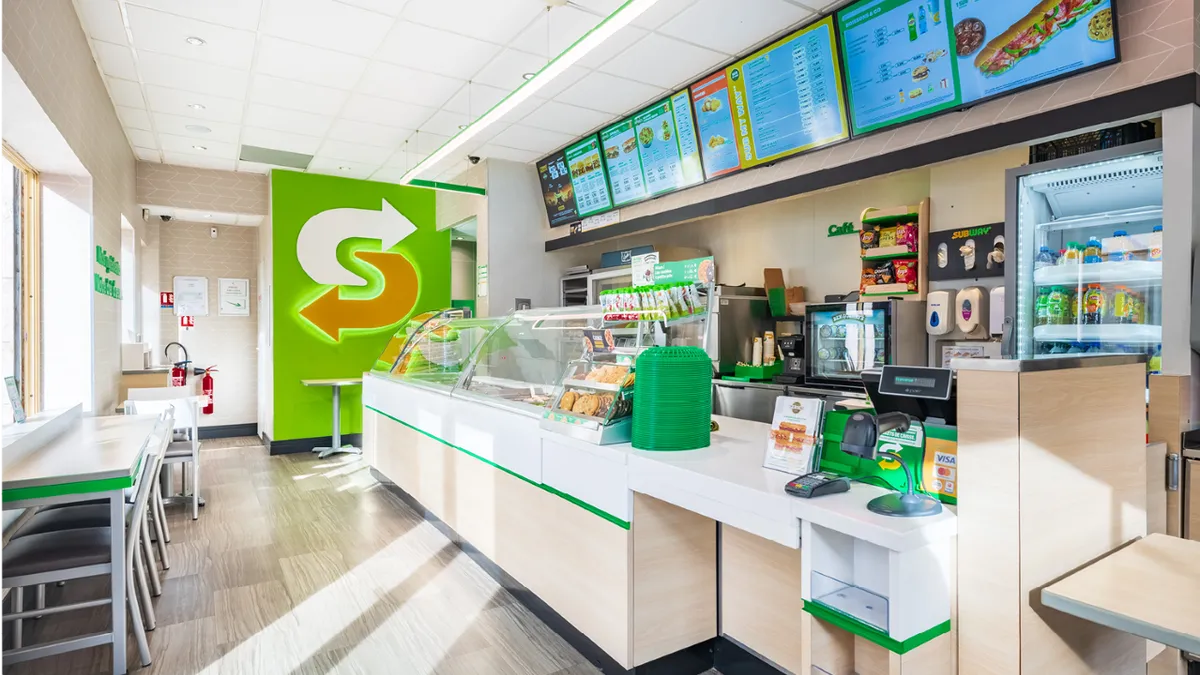James Rix is the CEO of Crowdify Global
Takeaway food is going online in a big way. Deliveroo and new entrant Uber Eats are locked in a battle for the taste buds of millennial, Gen Z and Gen Alpha consumers, which is feeding their hunger for tasty food delivered to their doorstep.
According to a report published by investment bank UBS last June, food delivery sales worldwide are set to grow by an average of 20% a year between now and 2030, rocketing from $35 billion a year now to a gut-busting $365 billion.
UBS points out that economies of scale and high-tech advances like drone delivery and robot chefs could mean it would be cheaper for people to order food delivered than to cook it themselves at home. So there is a possibility that this trend might kill off the home kitchen — although don’t forget that in the world of music, vinyl is making a comeback, and there are probably just as many hobby cooks as there are people with old fashioned turntables.
But there is a very real threat to restaurants. At the moment, Deliveroo and Uber Eats are signing up tens of thousands of restaurants of all shapes, sizes and cuisines in the U.K. alone. But logically, there will be a shake-out in the market. The high street greasy spoon could be replaced with a "ghost restaurant" — a kitchen which churns out a particular style of food purely to service the home delivery market. Think ready meals, only removing the supermarket as the middleman.
Take that one step further, and these ghost kitchens could be cooking up a range of different ethnic or dietary menus.
In fact, that’s already happening — and Deliveroo and Uber Eats are behind the "ghost kitchen" revolution. Both of them have "virtual kitchen" programs, where they help restaurants maximize the potential of their kitchens and cooking staff by identifying other cuisines they could easily branch into.
Deliveroo even has a whole section on its website about how it works with restaurants to do exactly that, with a case study about a restaurant in High Wycombe, G’rillers, which offers African cuisine, which it helped add a Mexican delivery service, Burrito Bandito, with a resulting 54% uplift in sales. Burrito Bandito only exists on Deliveroo.
Deliveroo delivers a whole package for restaurant owners: it identifies what cuisine customers within delivery distance of a restaurant would like to eat but can’t find, it advises the restaurant on how it can cook up the right dishes using its existing kitchen equipment, and then it helps with branding and launch.
There are already virtual restaurant groups with ambitions for world domination — like Berlin-based Keatz, which runs ghost kitchens in Berlin, Barcelona and Madrid, each producing 10 different food "brands", and which recently raised an additional $13.48 million. It only sells through online food ordering platforms like Deliveroo, Delivery Hero, UberEats and Glovo.
What you end up with is a restaurant kitchen that can serve up, say, Italian, Japanese, Thai, South African, Mexican, Caribbean, all at the same time, using the same equipment.
But — and this is a big "but" — there is still a need for some real people in that food chain. And more than just the delivery drivers or the cooks. Driving customers to a virtual restaurant still needs marketing, and the best kind of marketing for restaurants is face-to-face, experiential leafleting and in particular sampling.
Restaurants have been using street marketing for decades, if not centuries. There were probably people in Ancient Rome standing around outside the Ant and Amphora, enticing people inside with a sample dormouse on a stick. There's a reason for that — it’s effective, it’s trackable, it’s easily scalable (up and down), it can be hyper-local, and it works well to reinforce other forms of marketing, like radio, local press, posters, digital and social. Roving teams of brand ambassadors can target events, high streets, transport hubs and university campuses and student accommodation with targeted, relevant offers which can easily be adapted for the season, or even the day of the week and the time of day.
"Real" authentic restaurants need to connect with consumers in some way beyond the screen, otherwise they’re reduced to a menu on Uber Eats. The only difference between driving traffic to a physical high street outlet and driving traffic to an online virtual restaurant is, frankly, who does the driving (and who does the cooking).






